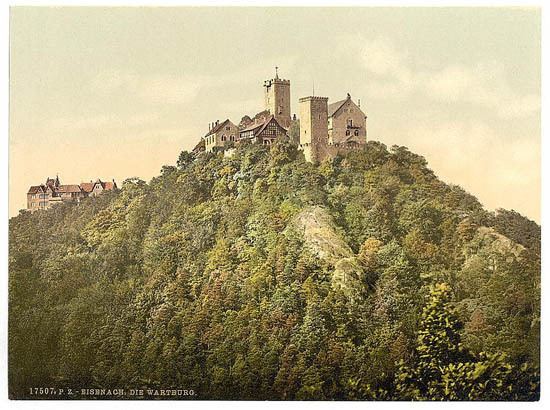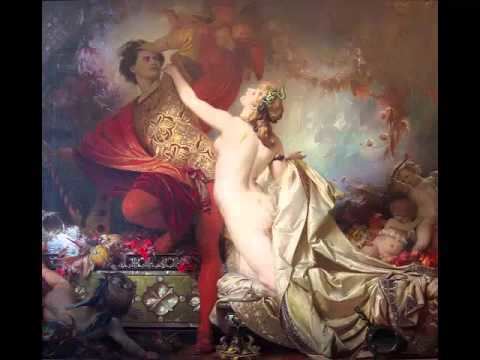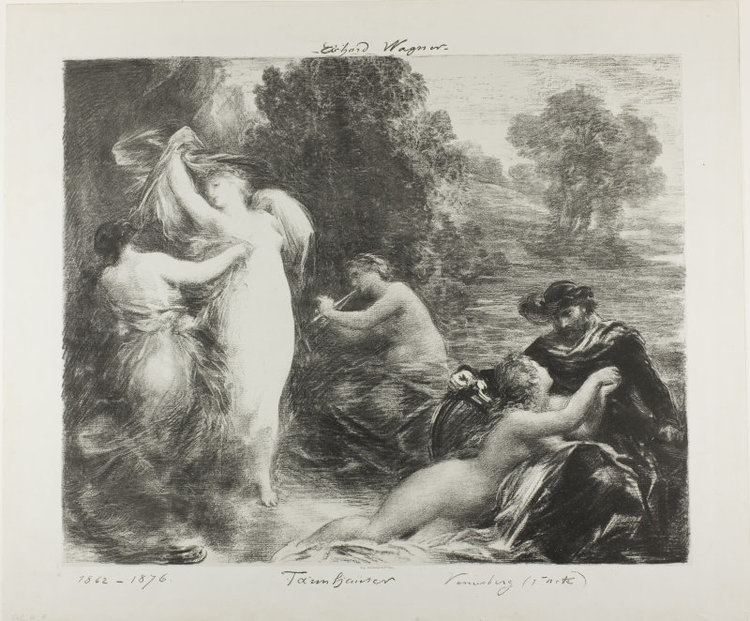 | ||
Venusberg mythology
Venusberg (German for: "Venus Mountain") is a motif of Germanic mythology rendered in various legends and epics since the Middle Ages, often related to the minnesinger Tannhäuser. Caverns in the mythological mountain housed the court of Venus, goddess of love, which was supposed to be perfectly hidden from mortal men: to enter the Venusberg was to court eternal perdition.
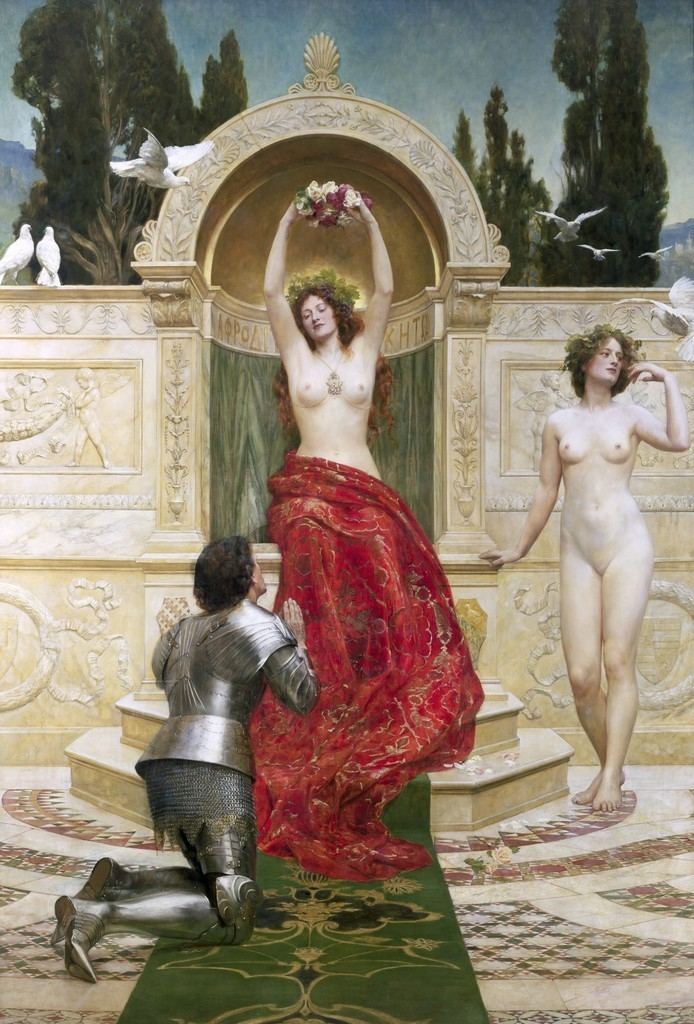
The myth was already mentioned by the theologian Johannes Nider in his treatise Formicarius, written between 1436 and 1438. The 16th century folk ballad Lied von dem Danheüser, explores the life of the legendary knight Tannhauser, who spent a year at the mountain worshipping Venus and returned there after believing that he had been denied forgiveness for his sins by Pope Urban IV. These motifs were celebrated in German literature of the Romantic period, mainly after Ludwig Tieck published the tale in his Romantische Dichtungen collection of 1799. It became part of Des Knaben Wunderhorn, a compilation of German folk poems published by Achim von Arnim and Clemens Brentano in 1806, and was also included in the Deutsche Sagen collection by the Brothers Grimm in 1816. Later adaptions include Joseph Freiherr von Eichendorff's novella Das Marmorbild (The Marble Statue, 1819), as well as works by Ludwig Bechstein (1835) and Ludwig Uhland (Volkslieder, 1844). In Heinrich Heine's laconic poem Tannhäuser: A Legend, the hero spent seven years there before departing for Rome.
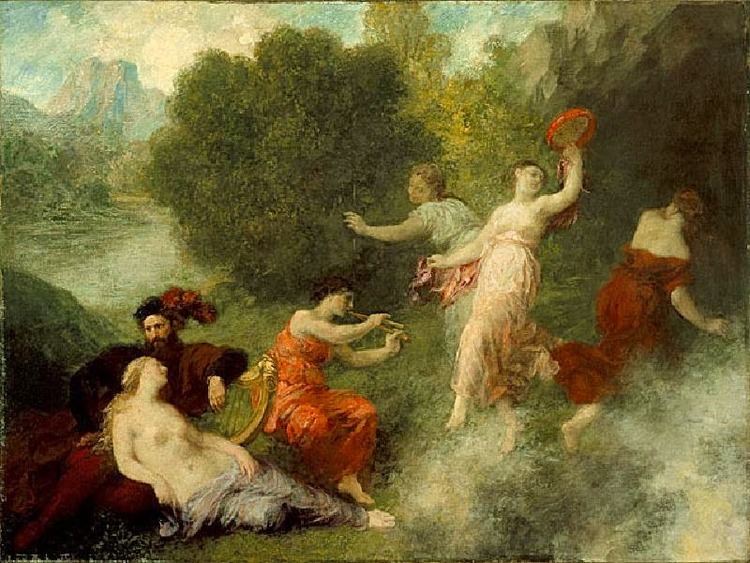
The motif became most popular as the principal source for Richard Wagner's large three-act opera Tannhäuser (1845), which changes a few story elements and is known for including a scandalous depiction of the revels of Venus's court in its first scene. The English poet Algernon Charles Swinburne tells the story in the first person in his poem Laus Veneris. Anthony Powell called an early novel of his Venusberg. Another visitor was Thomas the Rhymer (Thomas Ercildoune, c 1220-97). The Tannhauser Gate motif of film (Blade Runner, 1982) and Cyberpunk fiction originated as an allusion to the pathway that the knight used to discover and travel to this supposed place of ultimate erotic adventure.
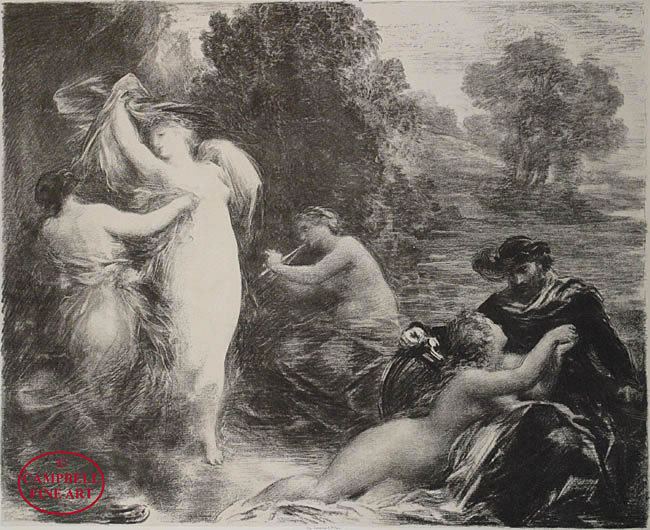
The Venusberg is sometimes identified with the Hörselberg hill chain near Eisenach in Thuringia; Richard Wagner was a visitor here. Nevertheless, numerous other mountains in Germany are also named. Venusberg also denotes a district of Bonn and a locality in Flensburg.
